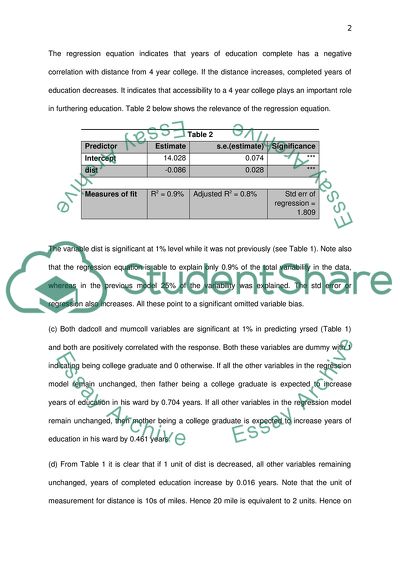Cite this document
(Statistical methods Case Study Example | Topics and Well Written Essays - 1750 words, n.d.)
Statistical methods Case Study Example | Topics and Well Written Essays - 1750 words. https://studentshare.org/mathematics/1752073-statistical-methods
Statistical methods Case Study Example | Topics and Well Written Essays - 1750 words. https://studentshare.org/mathematics/1752073-statistical-methods
(Statistical Methods Case Study Example | Topics and Well Written Essays - 1750 Words)
Statistical Methods Case Study Example | Topics and Well Written Essays - 1750 Words. https://studentshare.org/mathematics/1752073-statistical-methods.
Statistical Methods Case Study Example | Topics and Well Written Essays - 1750 Words. https://studentshare.org/mathematics/1752073-statistical-methods.
“Statistical Methods Case Study Example | Topics and Well Written Essays - 1750 Words”. https://studentshare.org/mathematics/1752073-statistical-methods.


